ASHY PRINIA
PRINIA INORNATA
BASIC
Size:
13-13 cm
5-5 Inch
Primary color: gray
Secondary color: brown
(Bird may have more colors)
LOCAL NAMES:
Assamese: ধোঁৱাবৰণীয়া নলচুপি চৰাই
Gujarati: કાળી પાન ફુત્કી
Hindi: फुत्की
Kannada: ಟುವ್ವಿಹಕ್ಕಿ, ಸುವ್ವಿ
Malayalam: കതിർവാലൻ കുരുവി
Marathi: राखाडी वटवट्या, राखी वटवट्या
Sanskrit: पुरल्लिका
Tamil: சாம்பல் கதிர்க்குருவி
Introduction
The Ashy Prinia, often referred to as the Ashy Wren-Warbler, is a delightful small bird belonging to the family Cisticolidae. In this article, we will delve into the intricate details of this fascinating avian species, exploring its identity, habits, habitat, dietary preferences, and other interesting facts. Join us on a journey to discover the world of the Ashy Prinia.
Identity:
These petite birds, measuring around 13 to 14 centimeters in length, possess distinct physical characteristics. They are adorned with short, rounded wings and a long, graduated cream tail, featuring black subterminal spots. Notably, the tail is typically held upright, adding to their unique appearance. The Ashy Prinia boasts strong legs, which it adeptly uses for clambering and hopping on the ground. Their short, black bills are well-suited for their foraging needs. In terms of coloration, their crown is a subtle shade of grey, while the underparts exhibit a rufous hue in most plumages. During the breeding season, adults from the northern population stand out with their ash grey upperparts, a black crown and cheek, and an absence of a supercilium. Their wings take on a coppery brown hue during this period. However, in the non-breeding season, these birds sport a short and narrow white supercilium, and their tails grow longer. You’ll typically find Ashy Prinias either solo or in pairs, inhabiting shrubbery and occasionally venturing onto the ground.
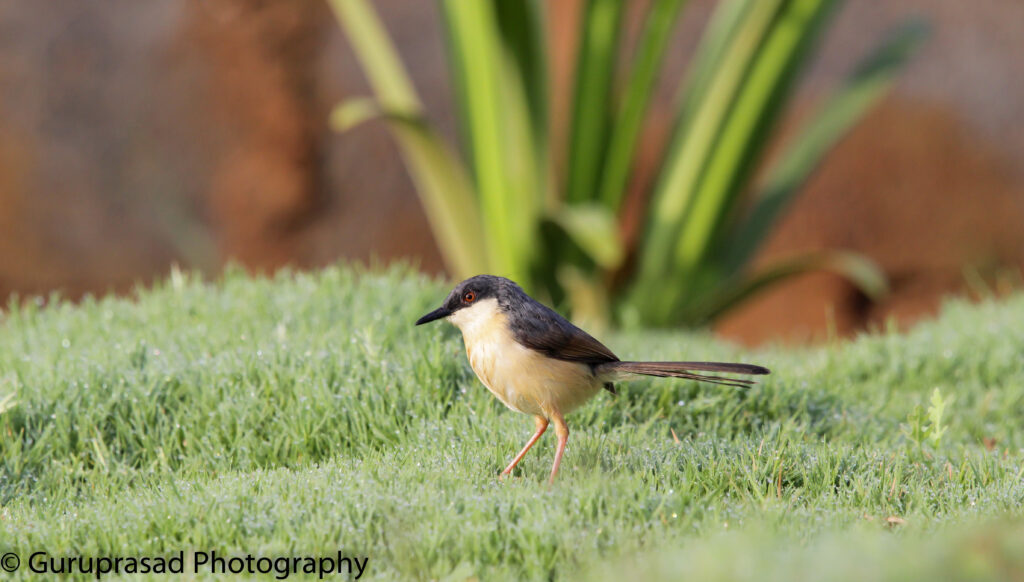
Habit and Habitat:
Ashy Prinias are adaptable birds, capable of thriving in a variety of environments. They are commonly found in habitats such as tall crops, reeds, grasslands, scrublands, tall grass, and even mangroves. This versatility in their choice of habitat contributes to their widespread distribution.
Food:
When it comes to sustenance, Ashy Prinias primarily feed on small invertebrates. Their diet includes a variety of insects and their larvae, as well as small spiders (Araneae). Additionally, there is evidence to suggest that they may also indulge in flower nectar, broadening their dietary preferences.
Voice:
The Ashy Prinia’s voice is distinctive and easily recognizable. Their song can be described as a rapid, wheezy trill, often likened to the sound of “tlick tlick tlick.”
Additional Information:
The Ashy Prinia, scientifically known as Prinia socialis, is a resident breeder in the Indian Subcontinent. Its range encompasses most of India, Nepal, Bangladesh, Bhutan, Sri Lanka, and western Myanmar. This species is a familiar sight in urban gardens and farmlands across many parts of India. Its small stature, unique coloration, and upright tail make it readily identifiable. Notably, the northern populations of Ashy Prinias exhibit a rufous rump and back, displaying distinct variations in their breeding and non-breeding plumage, unlike their counterparts from other regions.
Conclusion
In conclusion, the Ashy Prinia, with its distinctive appearance and adaptable nature, is a captivating avian species. From its unique identity to its varied habitat choices and dietary habits, there is much to admire about these small birds. Whether you encounter them in an urban garden or a remote grassland, the Ashy Prinia’s presence is sure to leave a lasting impression.
Frequently Asked Questions (FAQs)
1. What is the scientific name of the Ashy Prinia?
The scientific name of the Ashy Prinia is Prinia socialis.
2. Where can you commonly find Ashy Prinias?
You can often spot Ashy Prinias in urban gardens and farmlands across many parts of India.
3. What distinguishes the northern populations of Ashy Prinias in terms of plumage?
Northern populations of Ashy Prinias have a rufous rump and back, exhibiting distinct variations in their breeding and non-breeding plumage.
4. What is the typical diet of Ashy Prinias?
Ashy Prinias primarily feed on small invertebrates, including insects, larvae, and small spiders. They may also consume flower nectar.
5. How can you recognize the Ashy Prinia’s song?
The Ashy Prinia’s song is a rapid, wheezy trill, often likened to the sound of “tlick tlick tlick.”
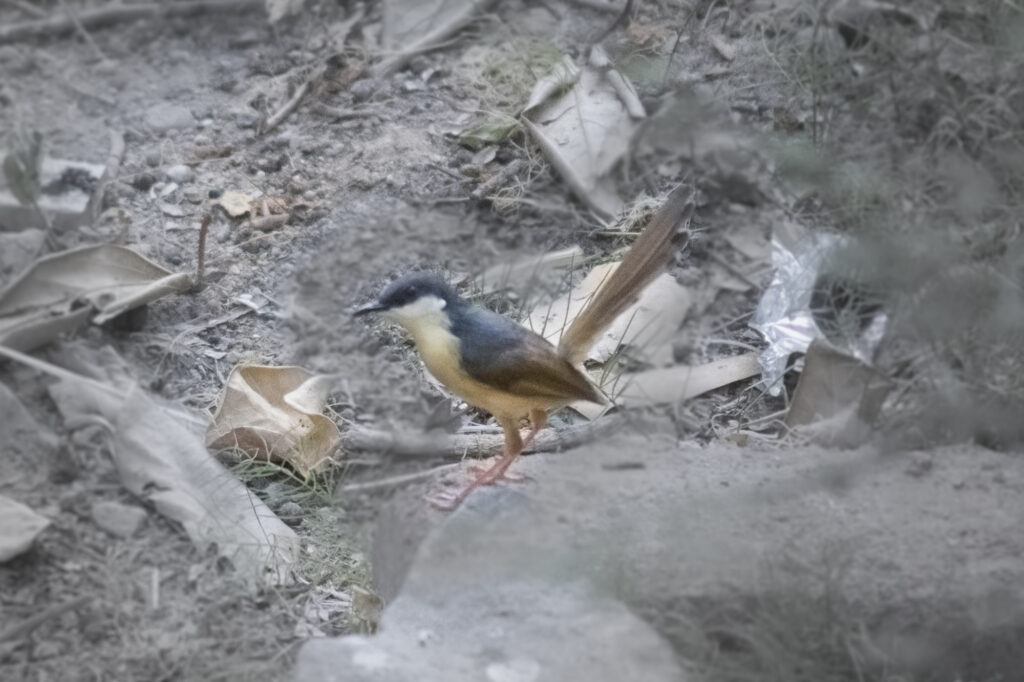

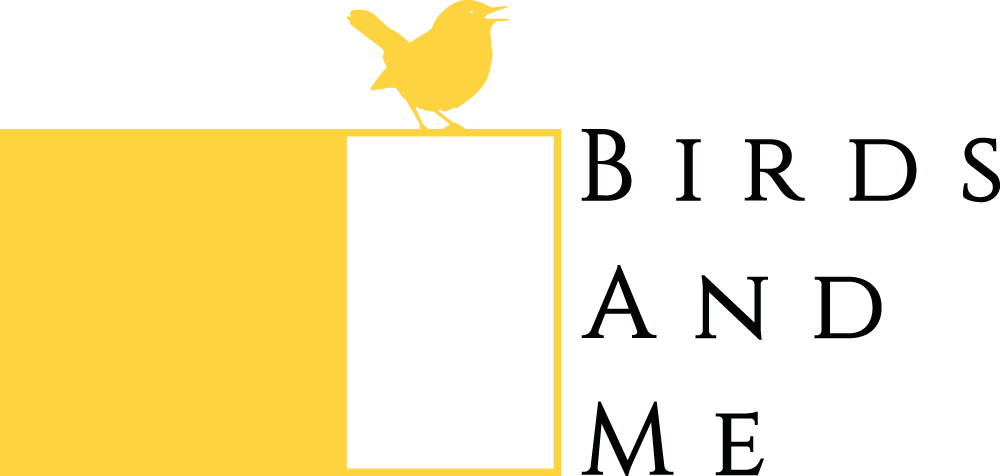
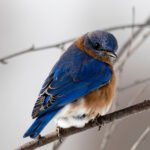

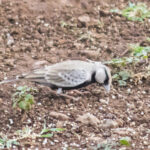
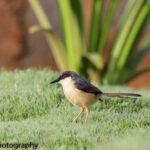
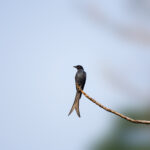

I feel this is one of the so much vital information for me.
And i’m happy reading your article. But want to observation on some normal things, The web site style
is great, the articles is actually excellent : D. Just right task, cheers
I see You’re really a just right webmaster.
The website loading pace is amazing. It sort of feels that you’re doing any distinctive trick.